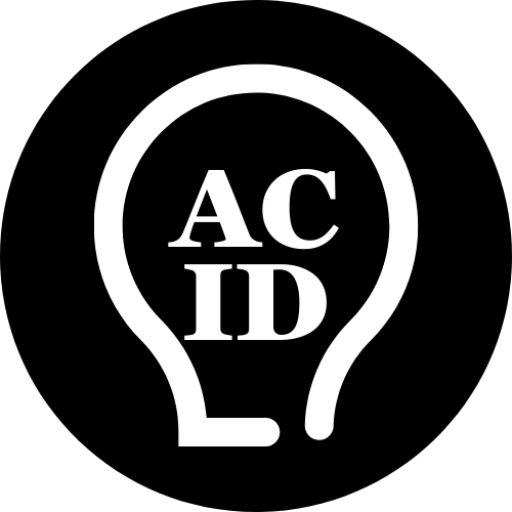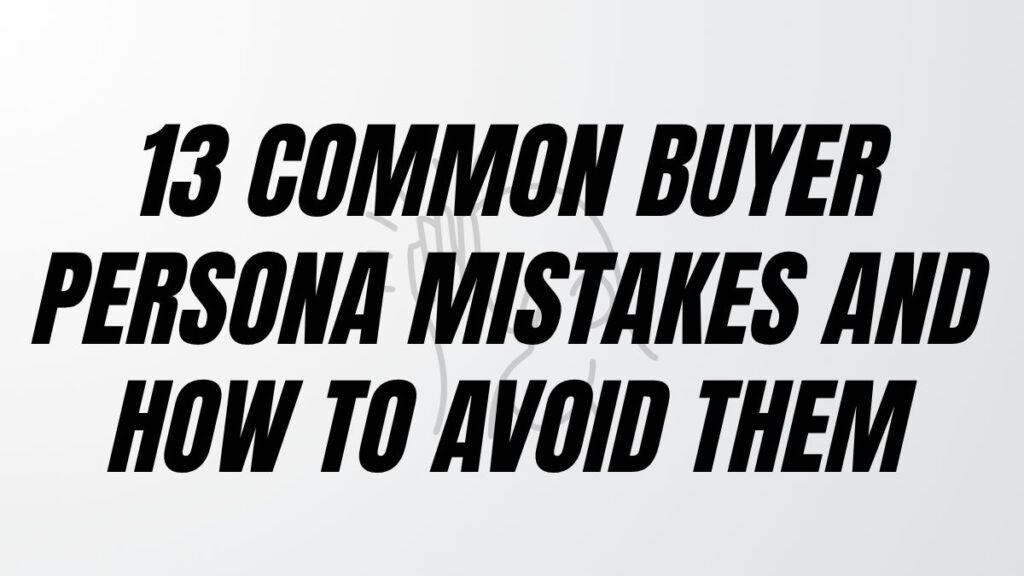As a consultant, I help companies develop and refine their marketing plans for specific segments, products, or services. I’ve frequently found that I need to begin by a workshop about fundamental elements, such as understanding their customers, to effectively identify marketing opportunities.
Buyer personas vs ICPs (Ideal Customer Profiles)… Both are valuable tools for marketing and sales, but they serve different purposes and are applied in distinct ways. Here’s a detailed comparison:
Buyer Personas vs Ideal Customer Profiles: 7 main differences
The differences are different roles. Let’s have a quick overview.
| Aspect | Buyer Persona | Ideal Customer Profile (ICP) |
| Definition | A semi-fictional representation of an individual customer based on research and real data. | A detailed description of the type of company or organisation that is the best fit for your product/service. |
| Focus | Focuses on individual customers, their behaviours, motivations, challenges, and goals. | Focuses on the characteristics of a business or organisation (e.g., industry, size, revenue). |
| Usage | Used to personalise marketing messages and campaigns for specific customer segments. | Used to identify and qualify target accounts for outreach, particularly in B2B settings. |
| Application | Relevant throughout the entire sales funnel to refine messaging and engagement strategies. | Primarily used at the top of the funnel to determine which businesses to target. |
| Scope | Narrow and specific—multiple personas can exist for various roles or stages in the buyer’s journey. | Broad—typically one ICP per business, defining ideal account characteristics. |
| Data Type | Includes qualitative data such as demographics, psychographics, pain points, and buying habits. | Includes quantitative data such as firmographics (industry, size, revenue) and technographics. |
| Primary Users | Marketing teams (for content creation, campaign planning) and sales teams (for personalized outreach). | Sales teams (for lead qualification) and marketing teams (for account-based marketing strategies). |
| Examples | “Tech-Savvy Steve,” a mid-level manager seeking efficiency tools. | A SaaS company with 500–1,000 employees in the healthcare sector generating $10M+ annual revenue. |
How They Work Together
- ICPs define who to target, providing a high-level view of the ideal businesses or accounts that align with your offering.
- Buyer Personas detail how to engage, offering insights into the individual decision-makers or influencers within those target accounts.
For instance:
- An ICP might identify that your ideal customers are mid-sized tech companies with $5M–$20M in revenue.
- Buyer personas would then describe key individuals within these companies, such as “CTO Chris,” who prioritizes scalability and security, or “HR Manager Hannah,” who values user-friendly interfaces.
Why Both Are Important
- In B2B contexts, ICPs are indispensable for account-based marketing (ABM), ensuring resources are focused on high-potential accounts.
- Buyer personas add depth by enabling tailored communication with specific stakeholders within those accounts.
Common Pitfalls
- Overlapping or confusing ICPs with buyer personas can dilute their effectiveness.
- Creating overly generic personas or ICPs may fail to provide actionable insights.
- Neglecting to update either profile regularly can render them irrelevant as markets evolve.
By leveraging both tools effectively, businesses can align their marketing and sales efforts to maximize engagement and conversion rates while minimising wasted resources.




